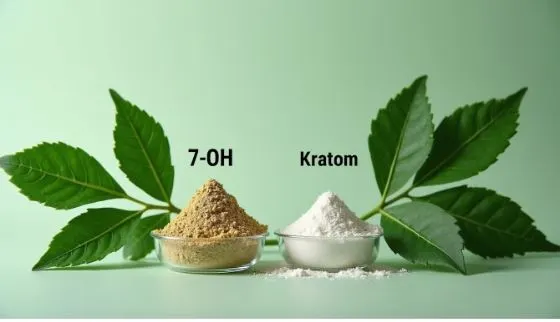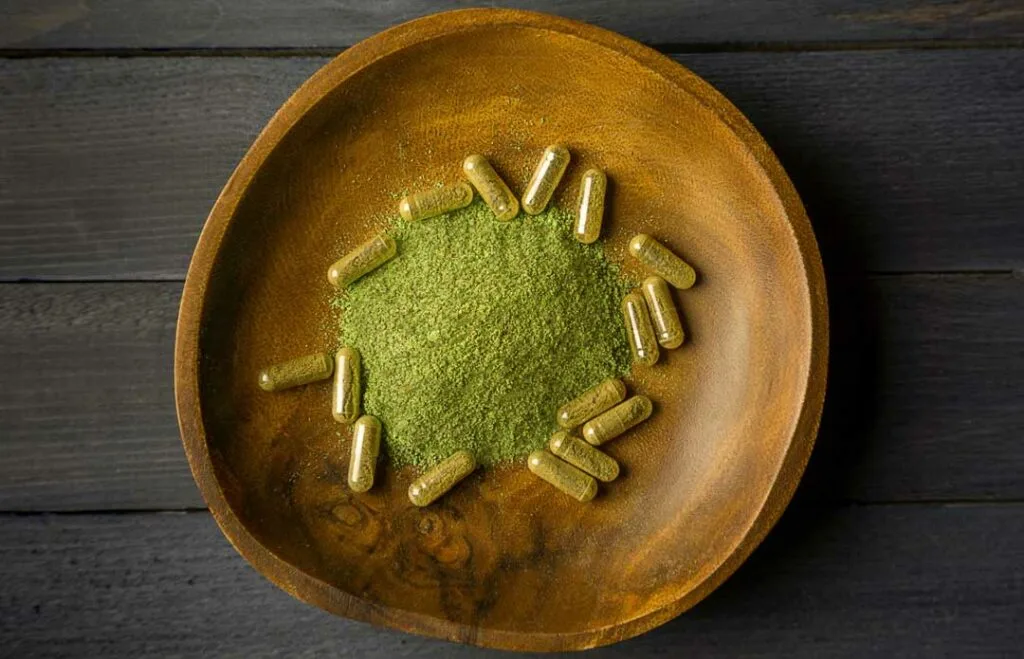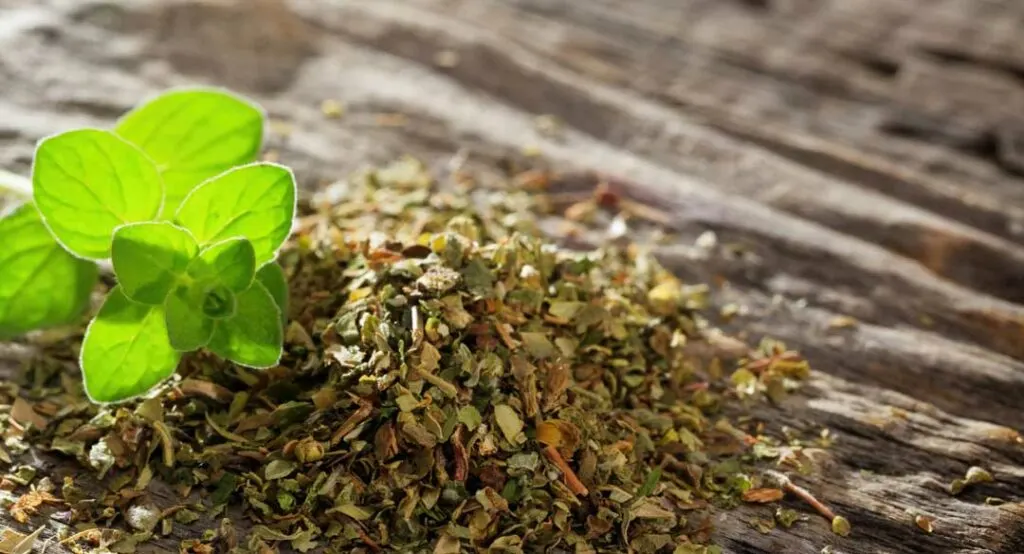Before using kratom, know the difference between kratom and 7-hydroxymitragynine to avoid unsafe, synthetic products with serious health risks.

Kratom continues to gain popularity for its wellness benefits. However, a concerning trend has emerged. Some products labeled as “kratom” do not contain real kratom. Many of these products include concentrated 7-hydroxymitragynine (7OH), an isolated compound that acts very differently from natural kratom leaf.
This article aims to help you understand the difference between natural kratom and synthetic or isolated 7OH products, why that matters, and how to make informed, safer choices.
What is Kratom?
Kratom refers to the leaves of the Mitragyna speciosa tree, native to Southeast Asia. It contains over 40 naturally occurring compounds, with mitragynine (MTG) being the most abundant. These compounds work in tandem to deliver a range of effects, from mild energy and focus at low doses to calming and relaxing effects at higher amounts.

Natural kratom leaf—whether taken as powder, tea, or capsules—generally carries a low risk when used in moderation. Studies on kratom tea in animals and single-dose human trials show that natural kratom usually causes mild, manageable side effects, even at higher doses.
What is 7-Hydroxymitragynine (7-OH)?
7-hydroxymitragynine is a powerful alkaloid found in kratom, but only in trace amounts—typically less than 0.05% of the leaf’s alkaloid profile. However, some manufacturers now isolate and artificially enhance this compound through chemical processing, resulting in products with unnaturally high concentrations of 7-OH.
These are not traditional kratom products.
Instead, they are synthetically modified substances that bypass the plant’s natural balance, elevating risk and introducing opioid-like effects that go far beyond what a standard kratom leaf would provide.
The Scientific Risks of Using Isolated 7-OH
While the kratom plant has been used safely for centuries, isolated 7-hydroxymitragynine presents a different story:
- Animal studies show that oral administration of 50mg/kg of 7-OH can lead to severe respiratory depression and seizures—signs that the dose is nearing lethal levels.
- Human equivalent doses as low as 285mg are linked to opioid-like respiratory suppression in mice.
- 7-OH has been shown to fully substitute for morphine, meaning it may carry a much higher abuse potential than traditional kratom.

These findings come from respected research institutions and reflect growing concern among scientists, including Dr. Chris McCurdy, a leading kratom researcher at the University of Florida. He stresses that not all kratom is created equal, and products high in 7-OH are not backed by any long-term safety data.
Why This Matters to You
Using 7OH isolate products can carry risks similar to opioids, including:
- Overdose potential at higher or improperly measured doses
- Dependency and withdrawal symptoms that mirror morphine
- Unknown long-term effects due to lack of human trials or traditional use history
These are not theoretical risks—they are real dangers associated with synthetic alterations of a naturally balanced plant.
How to Tell the Difference?
Knowing how to identify a natural kratom product vs a synthetic 7-OH isolate can protect your health and peace of mind.
| Kratom (Natural) | 7 Isolate (Synthetic) |
| Comes from whole kratom leaf | Chemically modified and isolated from MTG |
| Contains trace 7-hydroxymitragynine | Contains artificially high concentrations of 7-OH |
| Balanced alkaloid profile | Lacks other natural compounds, intensifying effects |
| Lower risk of dependency or overdose | High abuse potential, severe side effects reported |
| Used traditionally in Southeast Asia | No historical use or long-term human safety studies |
Key Tip: Always read labels carefully. Avoid any product that mentions “isolated 7-OH” or “concentrated 7-hydroxymitragynine.” Choose reputable vendors that provide third-party lab results and clearly identify the alkaloid profile of their kratom.
Prioritize Your Safety
At ELYXR, we believe in empowering our customers with clear, science-backed information. We do not offer products with isolated 7-hydroxymitragynine or synthetically altered alkaloids. Our kratom lineup is carefully formulated to maintain the natural integrity of the plant, offering a more balanced and responsible experience.
Here’s how to stay safe:

- Use only pure, traditional kratom from trusted sources
- Follow recommended serving guidelines
- Stay hydrated and avoid combining kratom with alcohol or medications
- If you notice unwanted side effects or signs of dependency, consult a healthcare provider
Kratom vs 7-OH: Key Differences, Risks & Safety Tips
Many products sold as “kratom” aren’t true to the plant. Isolated synthetic compounds, sold without proper safety oversight, no longer match kratom’s natural profile. These altered products carry serious risks.
Understanding the difference between natural kratom and isolated 7-OH can protect your health and help ensure a safe, informed wellness journey.
Stay informed. Stay safe. Know your source.

Jessi is the creative mind behind The Coffee Mom, a popular blog that combines parenting advice, travel tips, and a love for all things Disney. As a trusted Disney influencer and passionate storyteller, Jessi’s authentic insights and relatable content resonate with readers worldwide.
